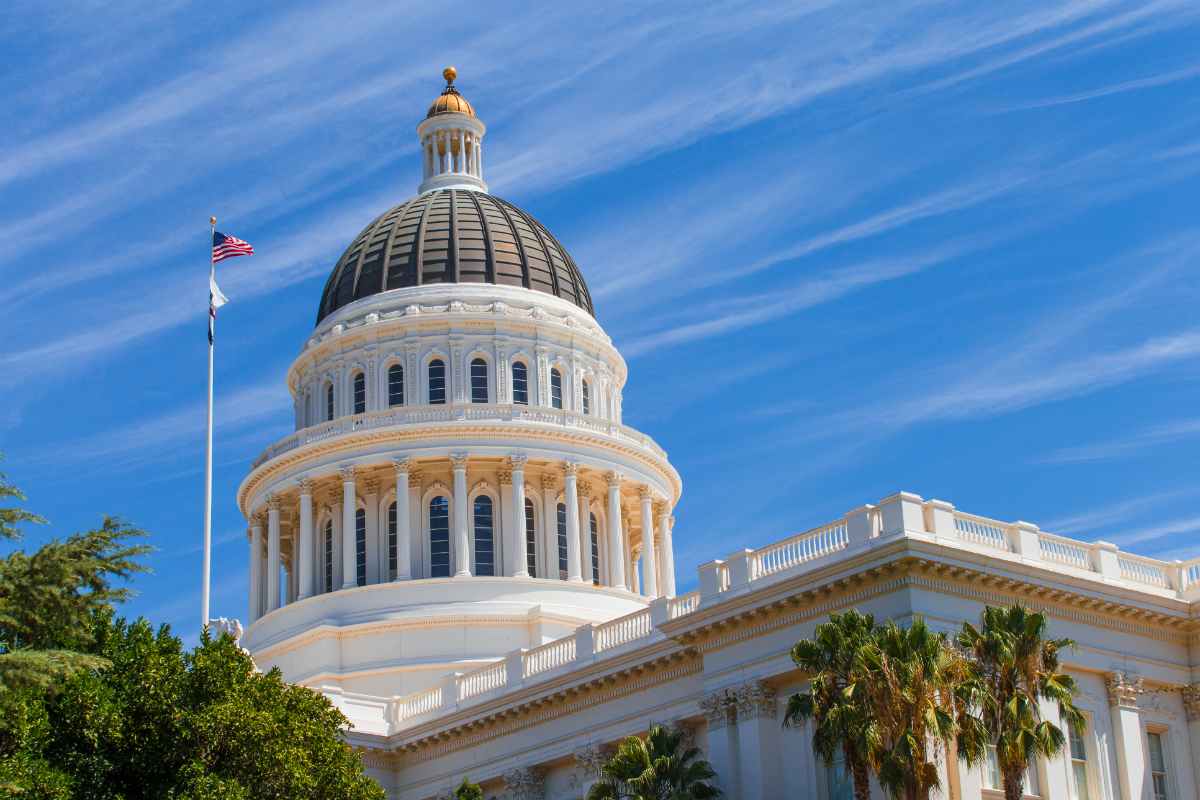State and federal education officials have released resources to support High School Voter Education Weeks, happening April 15-26.
Creating a sense of civic awareness within future voters and inspiring eligible 16- and 17-year-olds to preregister to vote so they are automatically able to participate in elections when they are 18 are goals of the initiative, according to the California Department of Education.
Registration for the 2024 California Student Mock Election, happening Oct. 8, opens for middle and high schoolers on April 15. More information on the program and a teacher’s guide on statewide elections are available on the Secretary of State’s website.
Eligible students age 16 and older can plan to learn about how elections are run and earn a small stipend by volunteering as a student poll worker on Election Day. Under Senate Bill 955, students in grades 6-12 can have one excused absence per year to take part in a political or civic-related event.
Federal toolkit
The U.S. Department of Education’s recently published Toolkit for the Promotion of Voter Participation for Students includes a section with recommendations, resources and examples for K-12 institutions.
“Civic education, starting at a young age, is critical to a healthy democracy,” according to the toolkit. “A robust civic education can help teach critical skills that help students participate in civic life and has been found to lead to more informed voters and increased civic participation, including volunteerism and community involvement. Research shows that engaging youth in elections and teaching about voter registration and civic participation before they reach the age of 18 can increase the likelihood of voting.”
Some recommendations listed include:
- Developing a plan and designating staff to distribute and collect voter registration materials, and regularly give students information about registration and voting like key dates.
- Finding opportunities to partner with local elections offices.
- Creating chances for students to implement and engage in voter registration drives.
- Providing in-class and extracurricular activities for students to learn about the country’s system of government and how they can participate in it.
The Center for Information & Research on Civic Learning and Engagement’s Equitable Civic Learning for All: How K-12 Schools Can Grow Voters framework and Education Commission of the States’ ESSA: Mapping opportunities for civic education report are among the resources.
Santa Clara County Office of Education’s civic engagement website and one of its unique offerings were highlighted in the federal document. “Santa Clara County provides a toolkit for high school voter registration that includes resources to help students identify what they care about when voting, activities to guide them through making informed decisions, and tools for developing their voting checklist and plan to continue voting in future elections,” it states.




